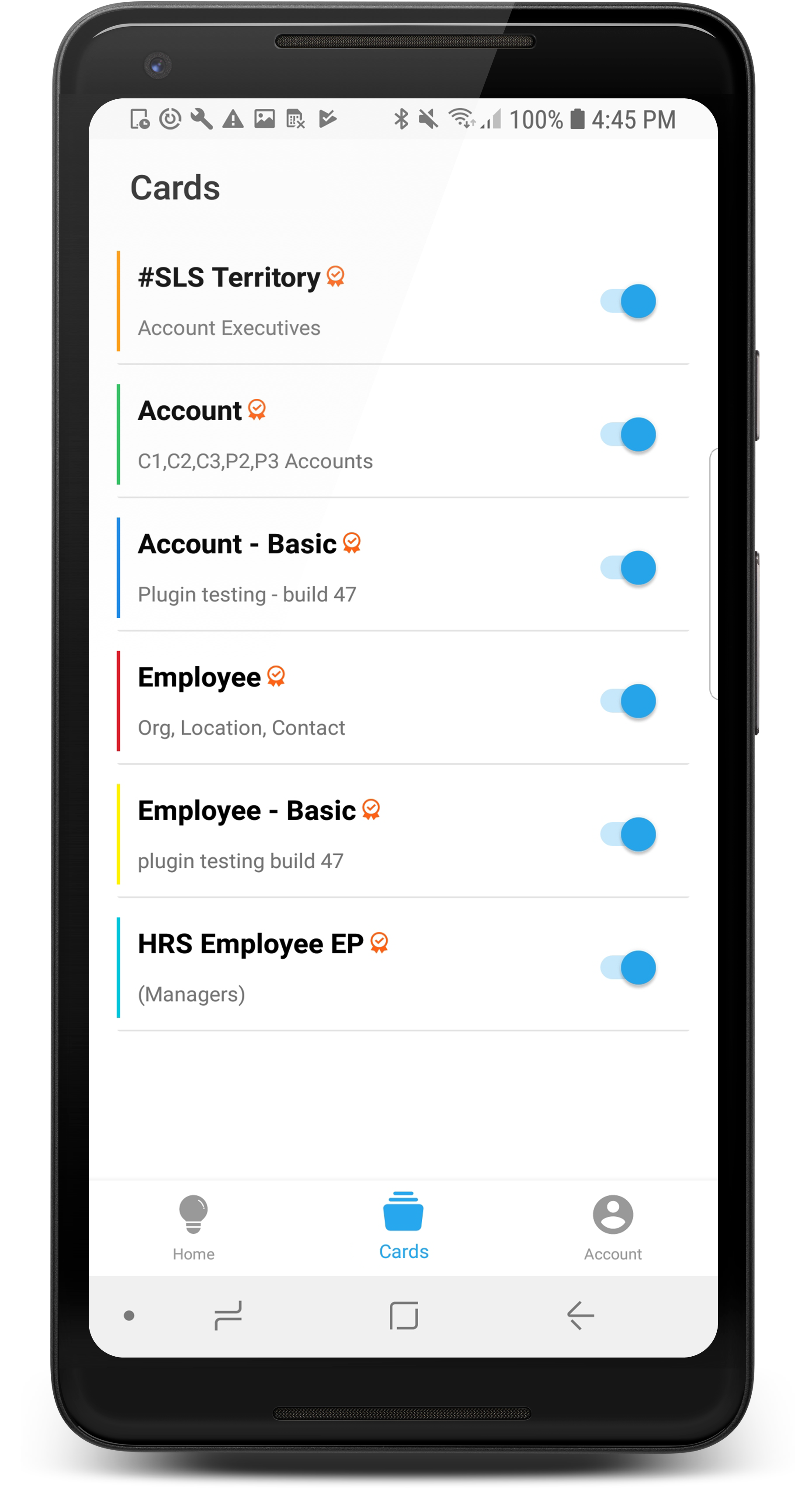
- #HELP ON TABVIEW ANDROID HOW TO#
- #HELP ON TABVIEW ANDROID ANDROID#
- #HELP ON TABVIEW ANDROID CODE#
- #HELP ON TABVIEW ANDROID PROFESSIONAL#
Int infaltedId = simpleViewStub.getInflatedId() // get the infalted layout's idĢ. ViewStub simpleViewStub = new ViewStub(getApplicationContext()) // get the reference of ViewStub This method returns an integer type value.īelow we then get the same id using getInfaltedId() method. getInflatedId(): This method is used to get the id taken by the inflated view. Let’s we discuss some important methods of ViewStub that may be called in order to manage the ViewStub.ġ. Once you use one of those views, it’ll be loaded. This is a nice optimization because you could have a complex layout with tons of small views, complex views or headers anywhere, and still have your Activity load up really fast. The ViewStub tag is a little bit different because it is not directly included, and will be loaded only when you actually need it, i.e when you set ViewStub’s visibility to “true”. It’s a nice way to share layout parts between different layout’s. The include tag will just include the xml content’s in your xml file. The inflated View is finally assigned a width of 200dip and a height of 200dip.ĭifference between ViewStub and include tag: The View created by inflating the layout resource “mySubView” can be found using the id “subView,” specified by the inflatedId property. After inflation of the layout resource “mySubView,” the ViewStub is removed from its parent. The ViewStub thus defined can be found using the id “simpleViewStub”.

It means Whenever a ViewStub is made visible, or when inflate() method invoked, the layout resource is inflated and then ViewStub replaces itself in its parent with the inflated Resource. Layout referenced by a ViewStub is inflated and added to the UI only when we decide. It has zero dimension.īy term inflate we mean load the layout resource at runtime and then ViewStub replace itself in its parent by the inflated layout resource. It is a dumb and lightweight view. The special thing about ViewStub is that it neither participate nor draw anything in the layout. In Android, ViewStub is zero sized invisible View that can be used to lazily inflate layout resource at runtime.
#HELP ON TABVIEW ANDROID ANDROID#
Depending on the result of this validation, I would like to stay on tab 1, or go to tab 2, and refresh the tabs' content.ViewStub Tutorial With Example In Android Studio
#HELP ON TABVIEW ANDROID CODE#
When I switch from tab 1 to tab 2, I'm calling some code that executes a validation and updates some values. I've got a tab view that contains two tab.
#HELP ON TABVIEW ANDROID HOW TO#
How to get full query string parameters not UrlDecoded.Lots of first chance thrown when dealing with dynamics.ASP.NET MVC Html.DropDownListFor Select value.
#HELP ON TABVIEW ANDROID PROFESSIONAL#




 0 kommentar(er)
0 kommentar(er)
